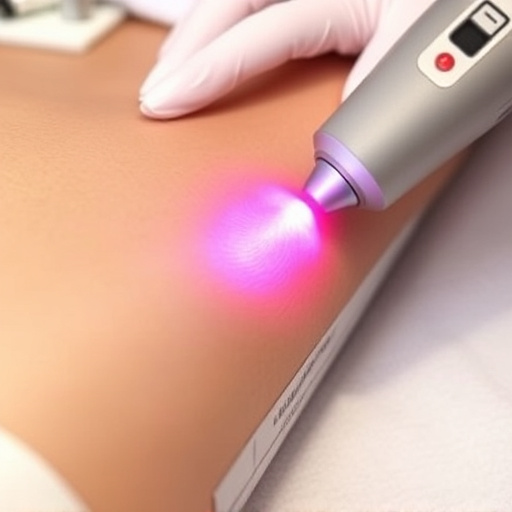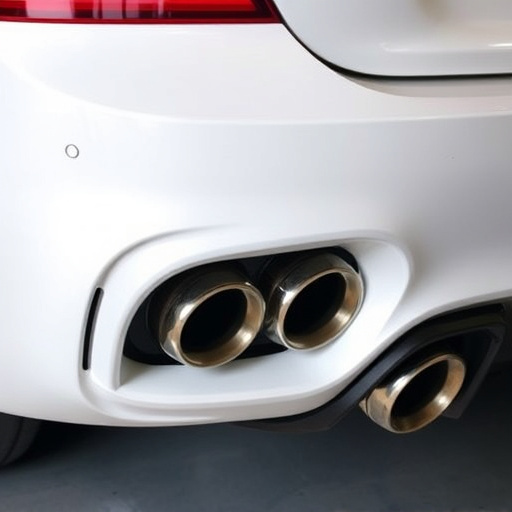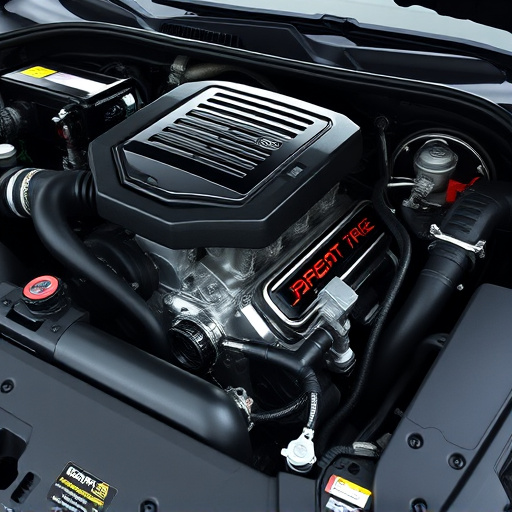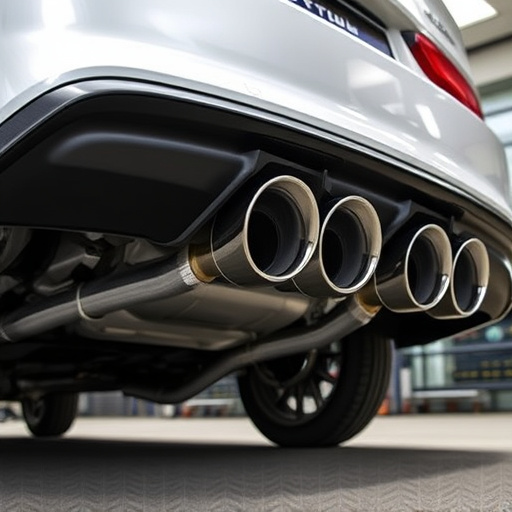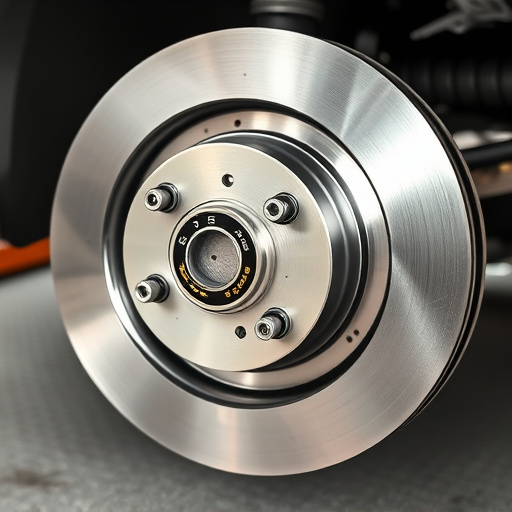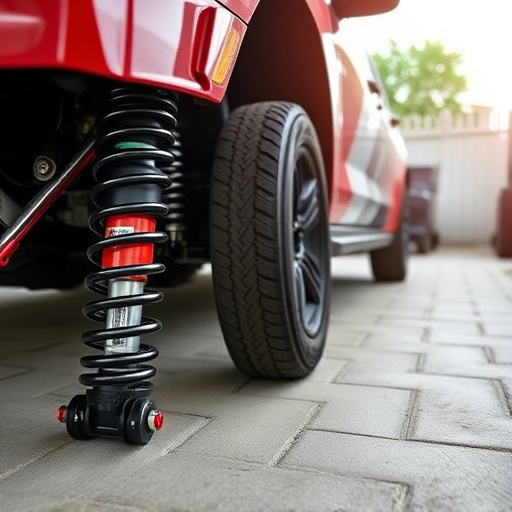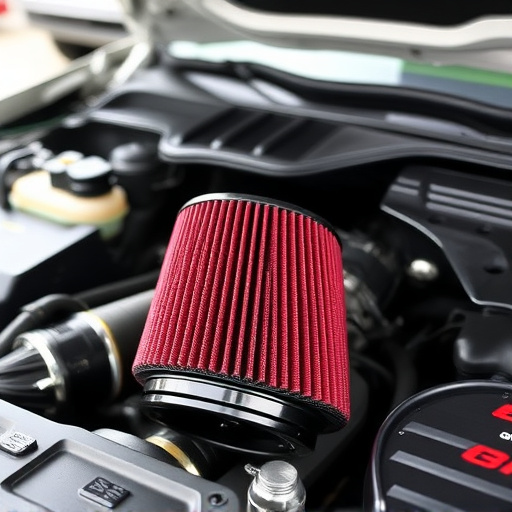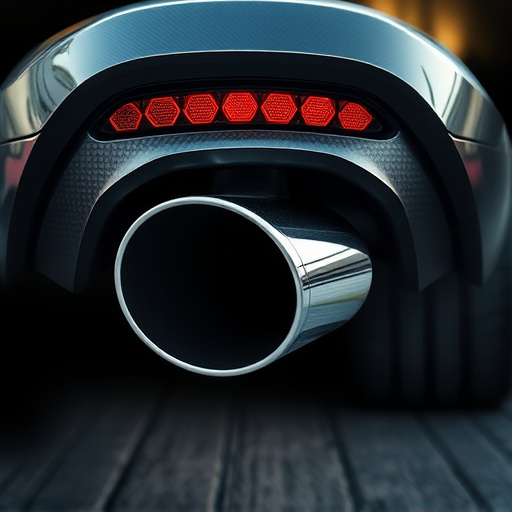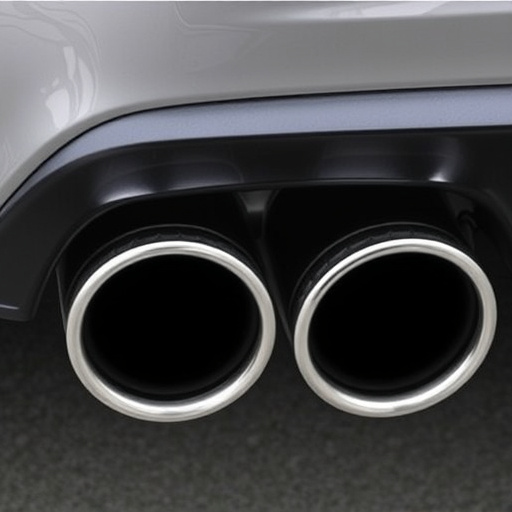An intake manifold upgrade is a strategic modification that improves engine performance by enhancing air and fuel delivery to each cylinder, leading to better combustion and increased power output. This ensures consistent burning for enhanced overall engine performance and addresses issues like torque loss and throttle response. Before installing, assess the current system, choose a high-quality replacement, and follow proper installation procedures. Test and fine-tune for optimal performance, considering complementary upgrades like exhaust tips or suspension kits.
Enhance your engine’s performance with an intake manifold upgrade—a simple yet powerful modification. Balancing cylinder-to-cylinder equilibrium is crucial for optimal combustion, and the intake manifold plays a vital role in achieving this. This article explores why upgrading your intake manifold can lead to significant gains in engine harmony. We’ll delve into the benefits, provide a step-by-step guide, and share best practices for implementing this game-changing modification, ensuring a smoother, more efficient ride.
- Understanding Cylinder-to-Cylinder Balance: The Key to Engine Performance
- Benefits of Upgrading Your Intake Manifold for Optimal Balance
- Implementing the Upgrade: Step-by-Step Guide and Best Practices
Understanding Cylinder-to-Cylinder Balance: The Key to Engine Performance

In the intricate world of internal combustion engines, cylinder-to-cylinder balance is a crucial factor determining overall engine performance. This balance refers to how evenly the fuel and air mixture is distributed across all cylinders, ensuring each burns at optimal efficiency. An imbalance can lead to inconsistent power delivery, reduced fuel economy, and even damage to the engine over time. One of the primary contributors to this balance is the intake manifold, which plays a vital role in delivering the perfect mix of air and fuel to each cylinder.
An intake manifold upgrade is therefore not just about enhancing performance; it’s a strategic move towards achieving that elusive cylinder-to-cylinder balance. By replacing the standard intake manifold with high-performance parts designed for optimal airflow, engines can breathe more efficiently. This, in turn, allows for better combustion, improved torque delivery, and a smoother overall driving experience. Pair this upgrade with performance air filters and a cat back exhaust system, and you’ve unlocked a whole new level of engine performance potential.
Benefits of Upgrading Your Intake Manifold for Optimal Balance

An intake manifold upgrade is a strategic modification that can significantly enhance the performance and efficiency of an engine, particularly in terms of cylinder-to-cylinder balance. By replacing the standard intake manifold with a high-flow or optimized design, vehicle owners can expect several benefits. One of the key advantages is improved air flow, which directly contributes to better combustion and increased power output. This upgrade ensures that each cylinder receives the optimal amount of air, leading to more consistent and efficient burning, ultimately resulting in enhanced overall engine performance.
Moreover, an intake manifold upgrade can play a crucial role in mitigating issues related to torque loss and throttle response. Modern high-performance manifolds are designed with advanced engineering principles, offering smoother air delivery and reducing restrictions. This not only improves the vehicle’s acceleration but also enhances drivability, especially in vehicles equipped with performance brakes and suspension components. Such upgrades are particularly beneficial for drivers seeking a more responsive and enjoyable driving experience.
Implementing the Upgrade: Step-by-Step Guide and Best Practices
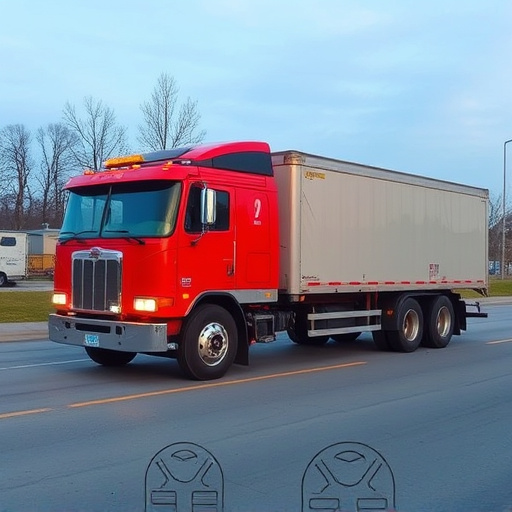
Implementing an intake manifold upgrade is a strategic move to enhance your engine’s performance and achieve better cylinder-to-cylinder balance. Here’s a step-by-step guide for a smooth transition:
1. Assess Your Current Setup: Start by evaluating your vehicle’s current intake system. Identify any issues or bottlenecks that could hinder airflow. This might include worn-out components, incorrect fitment, or inefficient design. Understanding these factors is crucial for targeted upgrades.
2. Choose the Right Intake Manifold: Select a high-quality replacement manifold designed to improve airflow distribution. Look for features like optimized velocity, reduced turbulence, and efficient air-fuel mixture delivery. Ensure it’s compatible with your engine and vehicle model. Other performance enhancements like exhaust tips or suspension kits can complement this upgrade, optimizing overall vehicle dynamics.
3. Demolish the Old: Safely remove the existing intake manifold, taking note of any connecting components like sensors or braces. A thorough understanding of disassembly procedures is key to avoiding complications.
4. Install with Precision: Follow the manufacturer’s instructions for a precise installation. Ensure proper alignment and secure all connections. Consider using high-quality gaskets and seals for optimal sealing and leak-free performance.
5. Test and Fine-Tune: After installation, test your vehicle thoroughly under various driving conditions. Monitor engine performance, power delivery, and any unusual noises. Adjust as needed, ensuring the upgrade aligns with your desired outcomes, especially in terms of improved cylinder balance.
An intake manifold upgrade is a strategic modification that significantly enhances engine performance by addressing cylinder-to-cylinder balance issues. By optimizing air flow distribution, this simple yet effective upgrade ensures each cylinder receives an equal share of rich air mixture, leading to improved combustion efficiency and overall engine health. Implement the suggested steps outlined in this guide for a seamless transition, reaping the benefits of enhanced power output and smoother operation.
